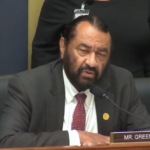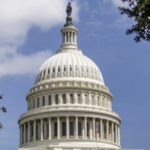Property tax relief remains a key issue in Texas, and state lawmakers are debating the effectiveness of the latest budget’s tax provisions. State Representative Daniel Alders (R) offered a pointed breakdown of the situation in a post on X, warning Texans not to be misled by headline figures.
“$51 billion is the amount of funded property tax relief in the current budget – it's 15% of the entire thing. That's significant,” state Rep. Alders wrote. “But that is NOT the amount of new property tax relief, which is (depending on who you ask) somewhere in the $3.5-7 billion range.”
The Texas Republican cautioned that without reform at the local level, even historic investments in property tax relief may not reduce the overall tax burden for Texans.
Excellent points here.
For whatever reason, voters cannot or will not rein in local governments - the entities that actually levy property taxes.
That doesn’t excuse the House & Senate from spending most of the surplus (and these new higher spending levels will now be the… https://t.co/szHoqqU712
— Rolando Garcia (@rdgarcia03) April 12, 2025
“The legislature appropriated an historic amount of new property tax relief last session ($18B), but the net property tax burden across the state went UP. Why? Because local jurisdictions screwed their constituents with tax increases and new debt,” he explained.
Essentially, his argument is that state efforts are being undermined by local governments. “Before we hand out more property tax relief at the state level from other revenue sources, we MUST curb the ability that local entities have to erase that relief by abusing their authority at the local level,” he further wrote.
The post drew support from State Republican Executive Committeeman Rolando Garcia (R), who echoed state Rep. Alders’ concerns. “Excellent points here,” he responded. “For whatever reason, voters cannot or will not rein in local governments – the entities that actually levy property taxes.”
State Executive Committeeman Garcia similarly warned about the sustainability of Texas’ current spending approach. “These new higher spending levels will now be the starting point for the next biennium, further constraining tax relief options in the future,” he said, adding that true reform would “require further state tightening of the screws on rates and appraisals.”
















